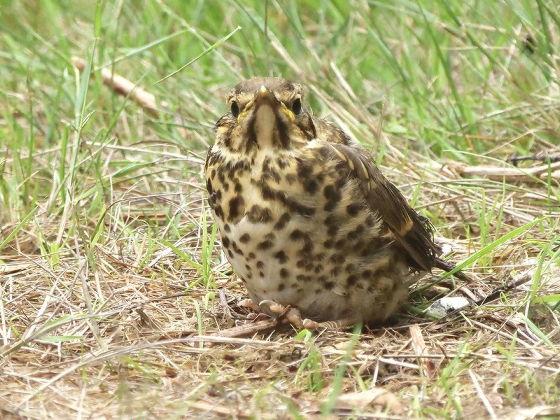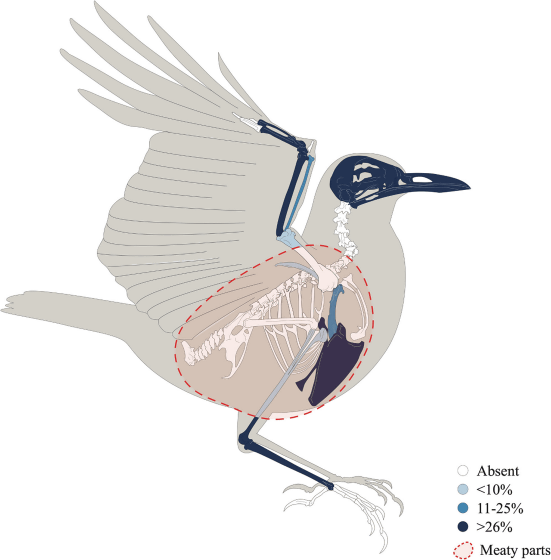Ancient Roman cesspits reveal clues to 'fast food eaten by the common people at the time'

by
Mallorca, a Spanish island in the western Mediterranean Sea, was once an ancient Roman colony, and the city of Pollentia was built on it. It has been reported that a large number of bird bones have been found in a cesspit from the ancient Roman period in Pollentia, which could provide clues to the 'fast food' eaten by the common people at that time.
International Journal of Osteoarchaeology | Wiley Online Library
https://onlinelibrary.wiley.com/doi/10.1002/oa.3416

Roman-era 'fast food' discovered in ancient trash heap on Mallorca | Live Science
https://www.livescience.com/archaeology/romans/roman-era-fast-food-discovered-in-ancient-trash-heap-on-mallorca
Pollentia is an ancient Roman city believed to have been founded around the 1st century BC after the Romans took control of Mallorca in 123 BC, and eventually became one of the most active Roman ports in the region. Excavations carried out in the early 20th century revealed that Pollentia contained urban structures such as public squares, temples, temples, monuments, residential areas, a theatre and a cemetery.
Alejandro Valenzuela of the Mediterranean Institute for Advanced Studies in Mallorca studied animal bones excavated from a cesspit found in Pollentia, which is about 4 metres deep and, based on pottery found in the sediments, was used between 10 BC and 30 AD.
The cesspool was located near a popina , a restaurant where local commoners gathered to enjoy snacks and wine, and the popina's counter had amphorae , ceramic jars used to store food, embedded in it.
Valenzuela's research revealed that the Pollentia cesspit contained more bones of what appeared to be song thrushes, a bird found throughout Europe and Russia, than any other bird.

by
The song thrush is known for its beautiful song, and is still sometimes eaten in local Majorcan cuisine. 'In my personal experience, its taste is more similar to that of a small game bird like a quail than to chicken,' Valenzuela told Live Science.
A detailed examination of the discovered song thrush bones revealed parts of the skull and sternum, as well as numerous leg and forearm bones, but few upper arms, abdomens, or thigh bones. The following shows the distribution of song thrush bones found in the cesspit, with the darker bones indicating that more were found. This trend suggests that inedible parts were removed and discarded during cooking, while meat-rich parts were cooked and served to guests.

Based on an analysis of the bones, Valenzuela speculates that Poppina traders removed part of the breastbone, flattened the breast meat, and quickly cooked it by grilling or deep-frying. The dish may have been served on a ceramic plate, but given the bird's small size and the street food context, it may have been served on a skewer for easier handling.
According to Valenzuela, the thrush family , including the song thrush, holds a special place among birds associated with the food culture of ancient Rome: in several classical texts, the bird is frequently mentioned as a delicacy served at dinner parties for the upper classes, and thrush farming was also noted as a profitable business.
It was unclear to what extent thrush was consumed by people other than the upper classes, but the results of this study suggest that thrush was also commonly eaten in restaurants like Poppina, which were frequented by the working classes in ancient Roman cities.
'The presence of these birds in cesspits associated with restaurants challenges the previous perception that thrushes were primarily a luxury item,' Valenzuela wrote in the study. 'Instead, this evidence indicates that thrushes were a widely consumed part of the everyday diet and formed part of the urban food economy.'
Related Posts:
in Free Member, Science, Food, Posted by log1h_ik







